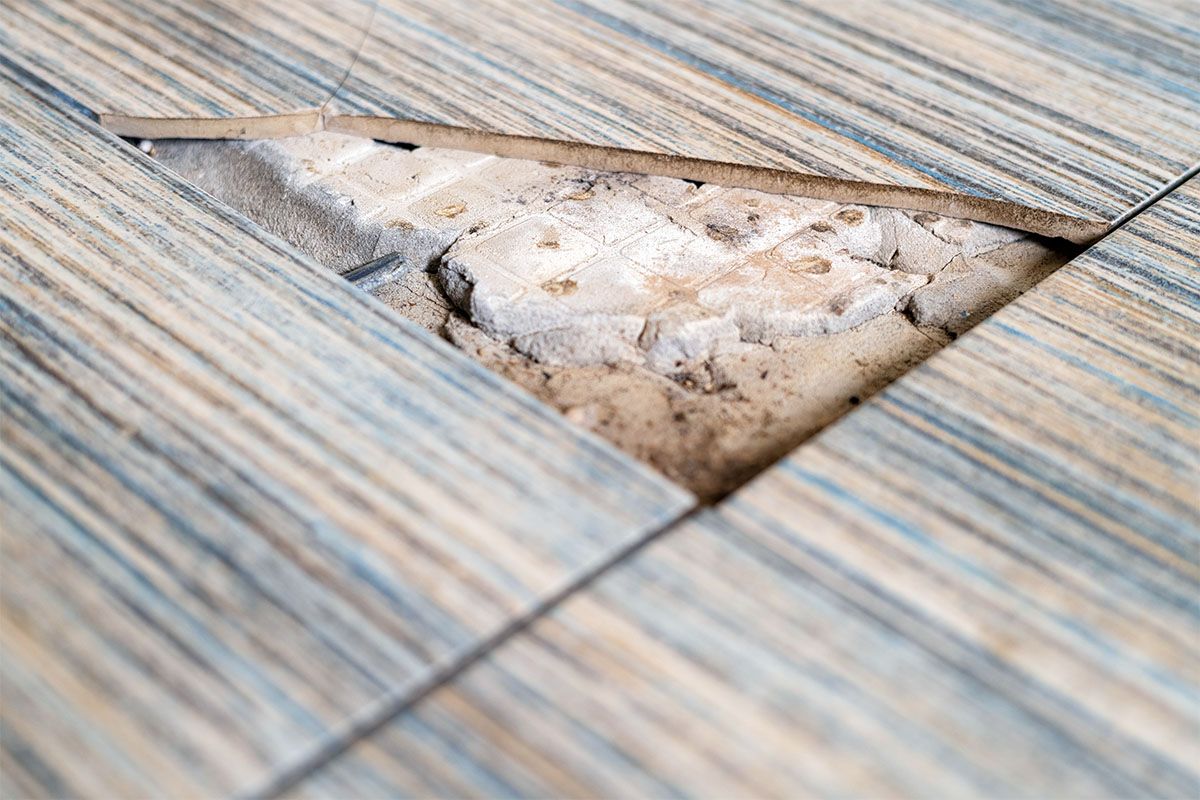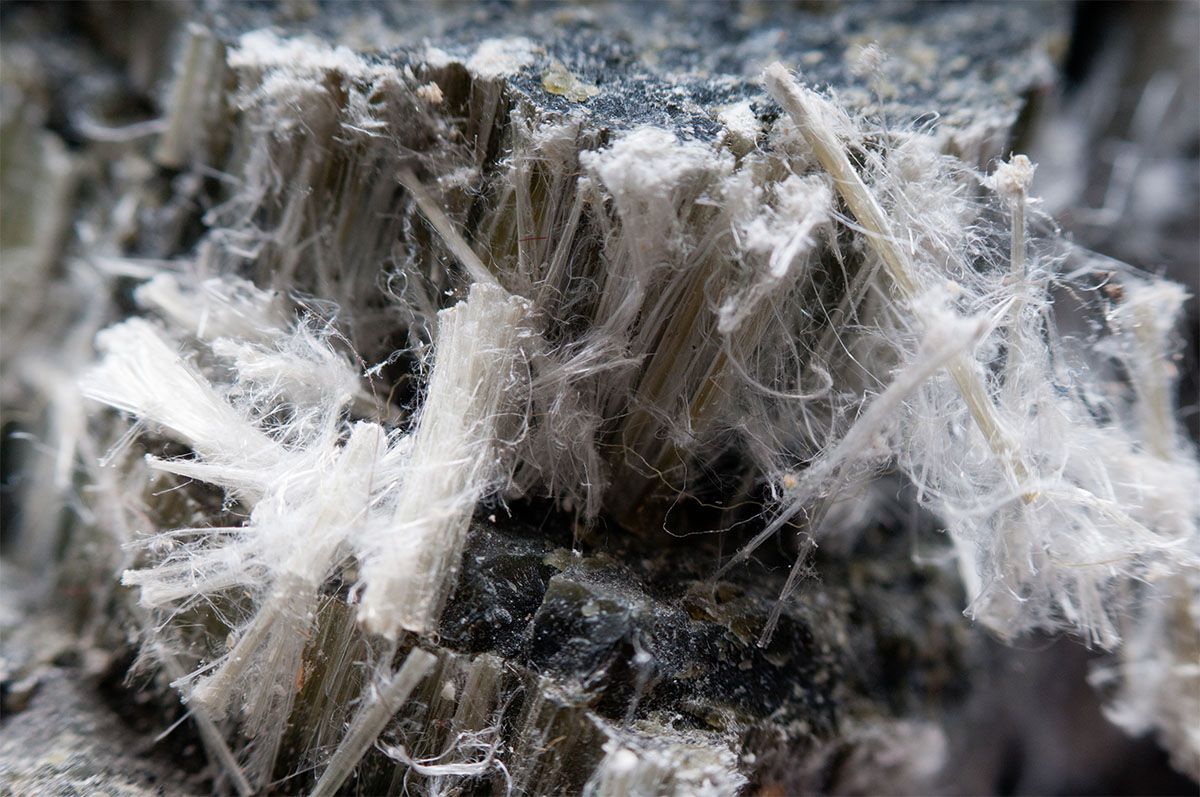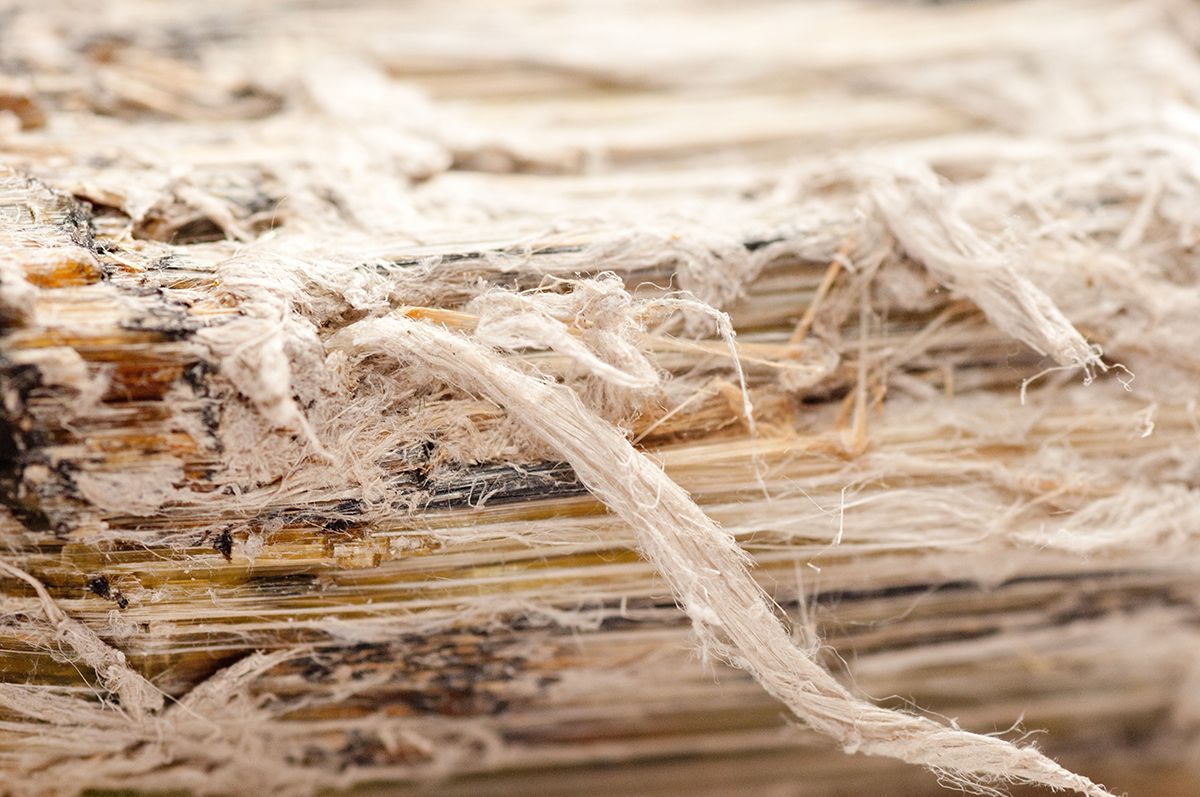How to identify asbestos floor tiles?
This is a subtitle for your new post

The word ‘asbestos’ should ring warning bells in your mind. It is renowned for being a hazardous material that was mistakenly used for fireproofing and insulation decades ago. Unfortunately, it is so dangerous that the effects of it are still being felt to this day. It also lingers for such a long time that there may still be asbestos in areas of your home, such as the floor tiles. This blog aims to help you identify whether you have asbestos in your tiles, what to do to test for this substance being in your home, and highlight how it should be removed if the test results do not come back in your favour.
Things you can do to identify asbestos in the home
Here are the first things you should look for or be aware of in terms of discovering whether you have asbestos in your home:
- Check how old your property is - The older a house is, the more likely asbestos was used within the floor tiles. Vinyl and asphalt tiles used asbestos between the 1950s and 1980s, so this is a particular age group to look for
- Tile size - The most common tile size was 9x9, 12x12, and 18x18 inch tiles, so keep a closer eye out for asbestos if that is what your tile size measures
- Adhesive - If you have a thick, black mastic adhesive, this may contain asbestos
- Appearance - Tiles with asbestos have an oily and greasy look that is likely to have discoloured over time
If you manage to identify one or more of the above points, there is a strong possibility that asbestos resides within your floor tiles. If this is the case, it is time to move onto the next step.
What happens if I fail to recognise asbestos in floor tiles?
Prolonged exposure to asbestos can lead to asbestosis, which can then lead to problems including lung cancer, shortness of breath, coughing, and wheezing. Asbestos exposure is often suffered by workers in the construction, demolition, electrical, and plumbing trades. However, if this substance has been within your floor tiles for decades, you could have been exposed to it without even knowing it.
There are no treatments for asbestosis, and while people can live with it for a long time, it can still cause debilitating conditions and illnesses that stay with you for life. It is considered dangerous for a reason, so failing to act on this is irresponsible and will put not only your life at risk, but also those of everyone who lives in the same home as you.
Is an asbestos survey really necessary?
Quite simply, yes, an asbestos survey is absolutely necessary, even if you have a 1% doubt that there is asbestos in your home. It is not something that can be easily seen or smelled; tests have to be conducted to ascertain whether asbestos is present in your home. Here are a few reasons why an asbestos survey will help identify if the substance in your floor tiles:
- It’s invisible - Asbestos fibres are far too small for you to simply be able to see them
- Safety - If asbestos is present in your home, you don’t want to get up close and personal with it, as this increases your risk of exposure and makes you more likely to inhale the substance, which can lead to irreparable damage
- Accuracy - Bringing in a professional contractor will give you peace of mind as to whether asbestos is present in your floor tiles, and if the worst does occur, you can start dealing with the problem now before it is too late
It is not a nice problem to face, but asbestos is not something you can bury your head in the sand about. It needs to be dealt with quickly and properly so that it does not cause further damage.
Who can help me with an asbestos survey?
The team at Cordtape Environmental carries out asbestos surveys and sampling at homes all over the UK. Our BOHS P402 qualified, independent surveying is accredited with UKAS, and one of our team members is available to attend your property so that we can take a sample of the area that is troubling you. All samples are assessed in a laboratory under the strictest safety conditions, and we report the results back to you as soon as possible under Health and Safety Executive guidelines. The inspection is largely a visual one.
What if I identify asbestos when planning an extension or refurbishment?
An asbestos refurbishment or demolition survey is also provided by our experts. It is worth undertaking this comprehensive survey if you are planning on DIY works, home improvement, or an extension. The last thing you need is to spend your money on expensive upgrades to your home, only to then realise that asbestos has been present in your floor tiles. The survey will highlight what you need to do if asbestos is present in your home or floor tiles.
If asbestos is identified, how do I remove it?
Critically and initially, DO NOT try to remove the asbestos yourself. If you inhale it, asbestos can cause lots of health problems; it is hazardous, and it needs to be removed by properly trained professionals. If you cannot contact somebody immediately to get rid of the floor tiles, at least cover them until an appropriate time when they can be taken away from your home.
The unsafe removal of asbestos from your own home can lead to large fines and serious penalties for those who do not comply with the strict regulations around the safe removal of asbestos.
Your best course of action is to utilise Cordtape Environmental’s
asbestos removal service. We hold a three-year Health and Safety Executive Licence and have more than 35 years of experience in getting rid of asbestos from homes up and down the country. Our team can safely dispose of the substance because we are an Environment Agency-registered Asbestos Waste Transfer Station, which allows our experts to dispose of the substance safely and without any danger to the wider public.
If you need our services, speak with our team today, and we would be delighted to assist you.




